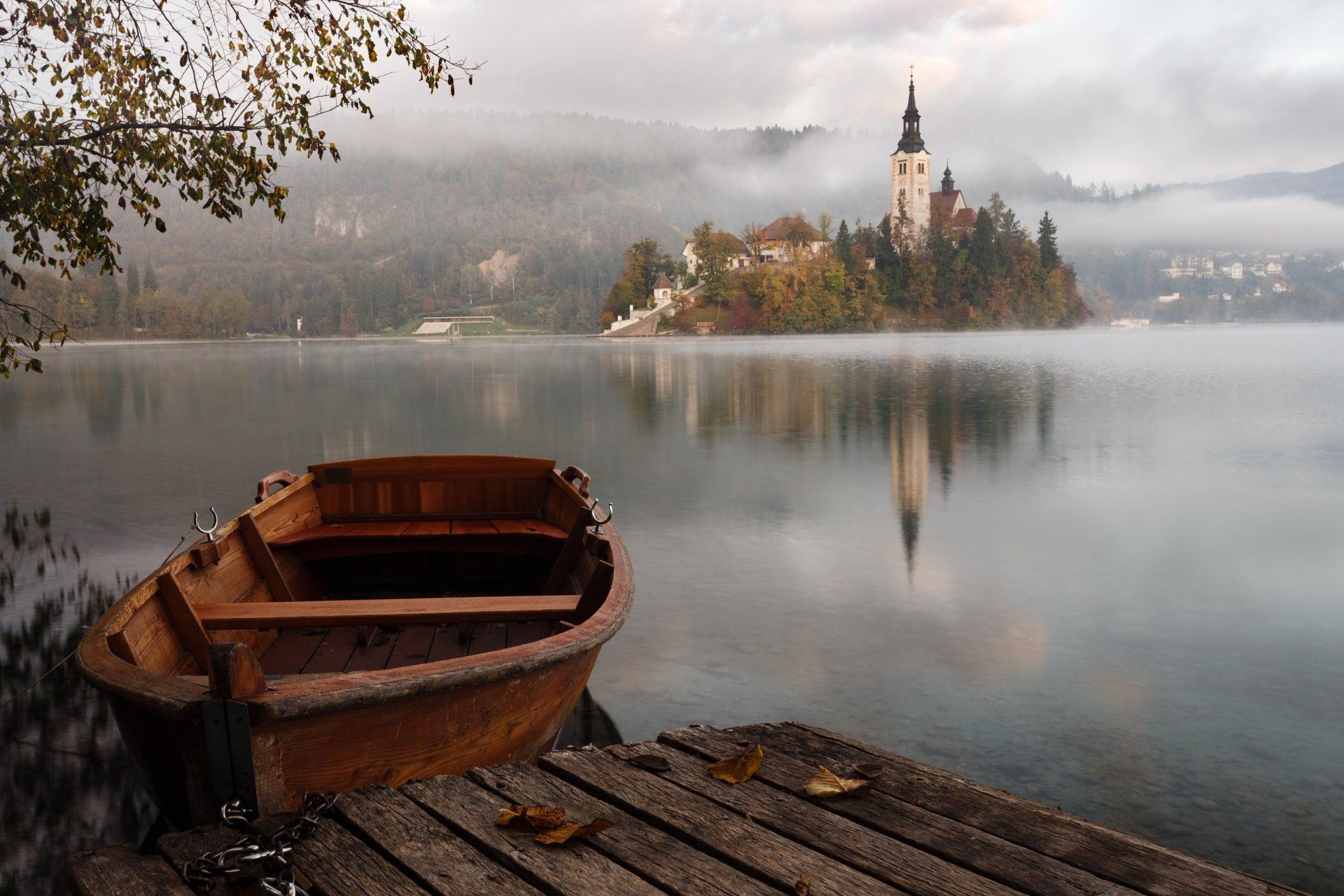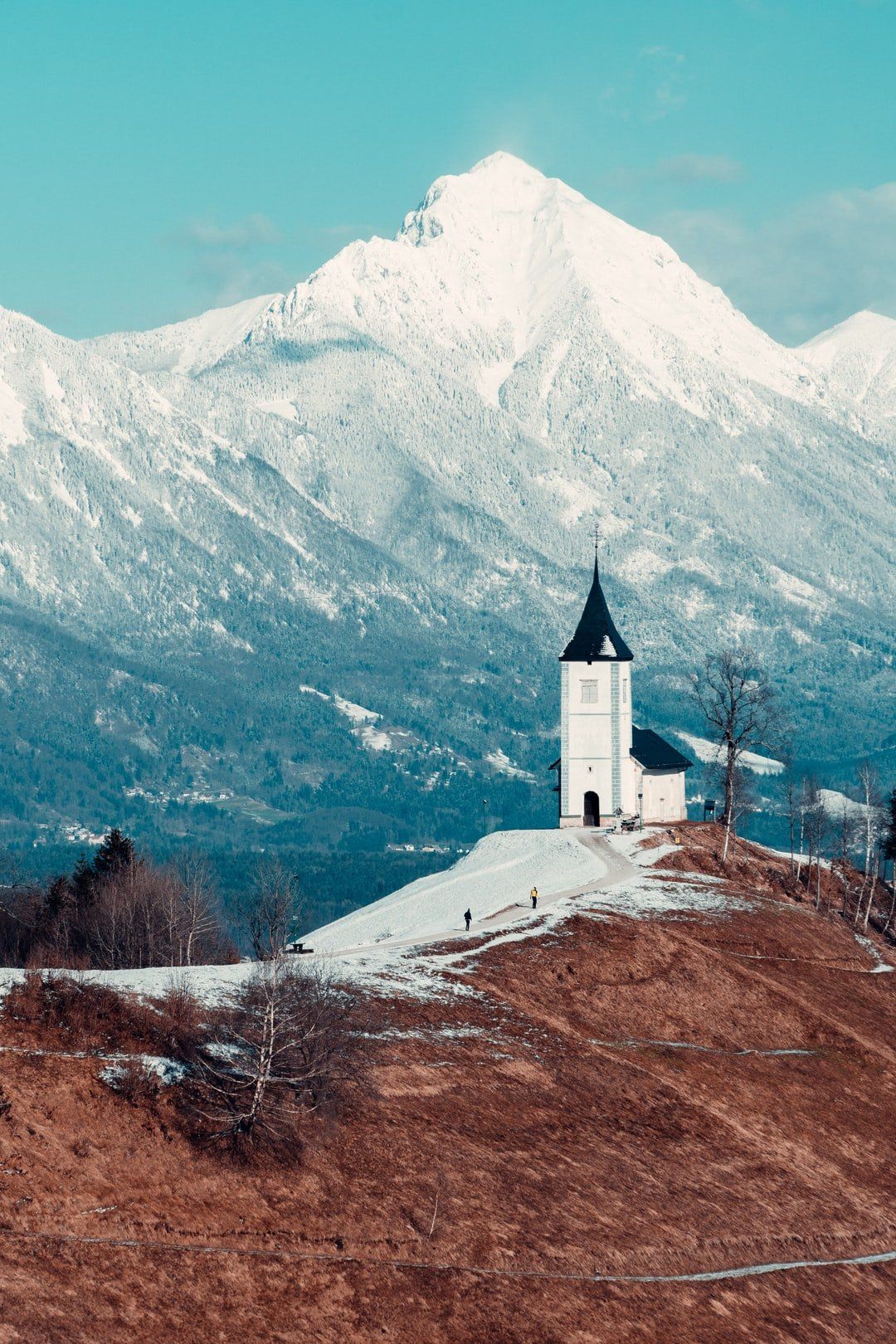Overview of the education system (EAG 2020)
- On average, 71% of all upper secondary students enroll in VET programmes in Slovenia, a higher proportion than the OECD average of 42%.
- In 2019, 44% of 25-34 year-olds had a tertiary degree in Slovenia compared to 45% on average across OECD countries.
- In Slovenia, in 2018, 25-64 year-olds with a tertiary degree with income from full-time, full-year employment earned 65% more than full-time, full-year workers with upper secondary education compared to 54% on average across OECD countries.
- In 2017, Slovenia invested a total of USD 9 897 per student on primary to tertiary institutions compared to USD 11 231 on average across OECD countries. This represents 4.2% of GDP, compared to 4.9% on average across OECD countries.
- In 2018, 91% of 3-5 year-olds were enrolled in early childhood education and care programmes and primary education in Slovenia, compared to 88% on average across OECD countries.
- Statutory salaries of teachers with maximum qualifications at the top of their salary scales are 67% - 80% higher than those of teachers with the minimum qualifications at the start of their career at pre-primary (ISCED 02), primary and general lower and upper secondary levels in Slovenia compared to 78-80% on average.
Educational System of Slovenia
There are three levels of education in Slovenia: primary, secondary and higher education. Applicants have a large set of options. They can decide, at which stage to complete their education and how to continue it depending on career plans or circumstances. The educational system in Slovenia is designed to produce students with a decent knowledge base, at whatever level they decide to complete their studies.
- Primary School
- Secondary Education
- Higher Education
Primary School
9 years
National Knowledge Assessment Test
Secondary Education
According to the legislation of the Republic of Slovenia, all children must necessarily receive basic general education that is to finish primary school (in Slovene: osnovna šola). Training is free for both Slovenian citizens and foreign children. Studying at a primary school lasts 9 years at the age of 6 to 15 years. At the end of the 6th and 9th grades, schoolchildren have to pass the National Knowledge Assessment Test (in Slovene: Nacionalno preverjanje znanja). Based on the received assessment result and combined with the overall performance, a 9th-grade pupil is given permission to continue his/her education.
Lower Vocational Education
2 years
Secondary-School-Leaving Certificate, Final Examination
Lower Vocational School
If a pupil has only 7 years of primary school, he/she can receive lower vocational education, which is aimed at preparing children for the mastery of the future profession. Training on such a programme lasts 2 years and ends with a final examination, according to which children can continue studying at a vocational school.
Secondary Education
After graduating from a primary school, schoolchildren can choose what type of secondary education they want to receive depending on their primary school academic performance, career aspirations and plans. In Slovenia, there are 3 types of secondary education:
Secondary Vocational Education
3 years
Final Examination
Higher Education
Secondary vocational education (in Slovene: Srednje poklicno izobraževanje, SPI) is available for students who have finished a primary school or received lower vocational education. In secondary vocational educational institutions, students study for three years and master an applied profession such as carpenter, mechanic, glazier, hairdresser, baker, etc.
Vocational schools offer programmes that are supported in Slovenia at the national level. If the country experiences a lack of qualified personnel in a certain field of expertise, then students of corresponding study programmes can be trained in practice by a real employer. This facilitates the search for a job and helps students better solidify theoretical knowledge and soon feel engaged in the working process and the team. At the end of the studies, students must pass a final examination.
If a student has a desire to continue his/her education at a university or a vocational college, he/she must pass the general final examination (in Slovene: matura), which includes Slovenian Language, Mathematics and a Foreign Language. There are also paid preparatory courses (in Slovene: Maturitetni tečaj), during which students are trained to pass the exams.
Secondary Technical and Vocational Education
4 years
General Final Examination
Higher Education
Students can receive secondary technical and vocational education after completing studies at a primary school. The training lasts 4 years and is aimed at obtaining in-depth knowledge within a specific technical or economic profession.
At the end of studies, a professional final examination (in Slovene: Poklicna matura) should be passed. The result of this exam involves enrolling in a vocational college or university for a professional Bachelor's degree programme.
General Secondary Education
4 years
General Final Examination
Higher Education
Children can also receive general secondary education in grammar schools (gymnasiums). There are schoolchildren who want to continue their studies and receive higher education. That is why grammar schools are so popular among applicants. These are usually the schoolchildren who passed successfully the National Knowledge Assessment Test at a primary school and were successful in all disciplines.
At the General Final Examination (Matura), students take tests in the Slovenian Language and World Literature, Mathematics, English and two optional subjects. After graduating from a grammar school, students can enter a university.
Grammar schools:
In a general grammar school, students study general subjects, such as Slovenian Language, World Literature, Mathematics, Chemistry, Physics, History, Biology, etc.
In a classical grammar school, students, besides basic subjects, also study Latin and have more lectures on History and Philosophy.
Grammar schools with in-depth study of foreign languages or natural sciences.
Sport gymnasiums that are usually chosen by young professional athletes.
Source:
https://gpseducation.oecd.org/CountryProfile?primaryCountry=SVN&treshold=10&topic=EO
https://2tm.eu/slovenian-education-system/








